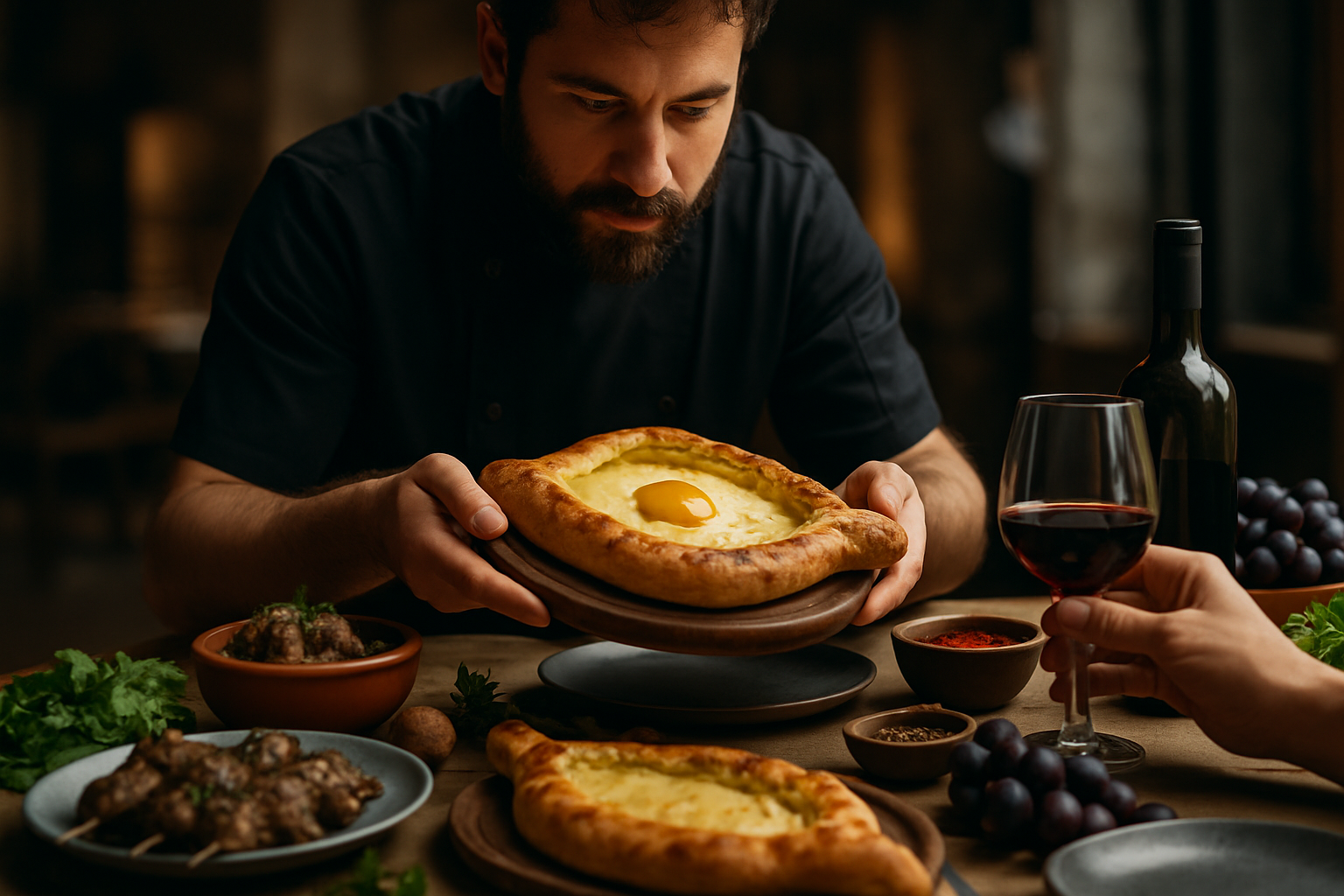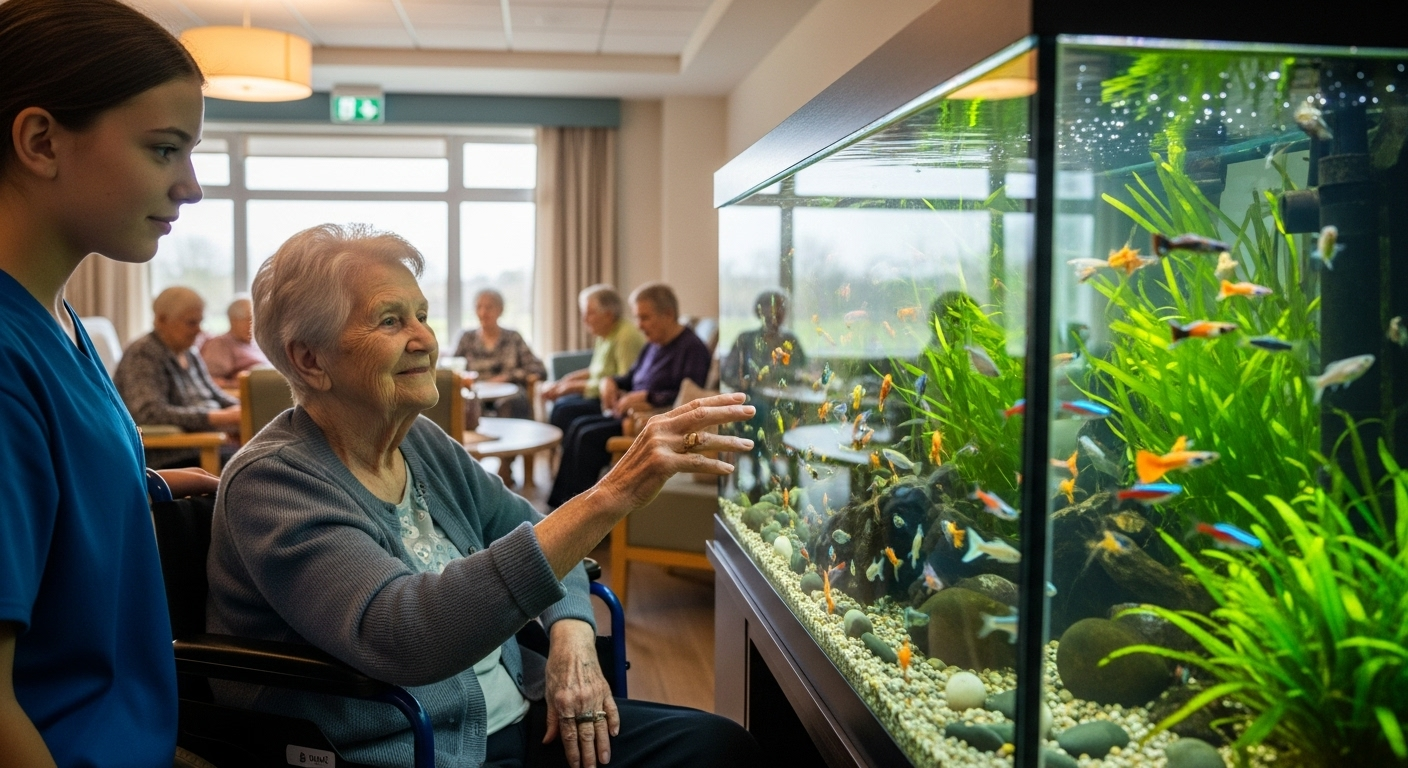Avant-Garde Culinary Theater: Where Food Meets Performance Art
In the bustling intersection of gastronomy and performance art, a new movement is taking shape, captivating diners and critics alike. Avant-garde culinary theater blends the boundaries between fine dining and immersive experiences, challenging our perceptions of what a meal can be. This innovative approach to dining is redefining the restaurant experience, turning each course into a carefully choreographed act and transforming chefs into directors of multisensory productions.

Beyond the Plate: Multisensory Dining
Modern culinary theater engages all the senses, not just taste. Restaurants are now incorporating elements of sound design, olfactory stimulation, and visual spectacle to create a holistic dining experience. For instance, at Ultraviolet in Shanghai, diners are transported to different environments through projected imagery, scent diffusers, and custom soundtracks that change with each course. This multisensory approach transforms eating into a fully immersive journey.
The Chef as Storyteller
In culinary theater, chefs take on the role of storytellers, using food as their narrative medium. Each dish becomes a chapter in a larger tale, often reflecting personal memories, cultural heritage, or environmental concerns. At Alinea in Chicago, chef Grant Achatz famously serves edible balloons and desserts prepared tableside on an abstract canvas, turning the act of eating into an interactive performance that challenges diners’ expectations and invites them to participate in the creative process.
Technology’s Role in Culinary Spectacle
Advancements in technology have played a crucial role in the evolution of culinary theater. From 3D food printing to augmented reality dining experiences, innovation continues to push the boundaries of what’s possible on the plate and beyond. Restaurants like Sublimotion in Ibiza use projection mapping and virtual reality to create a dining environment that changes with each course, blurring the lines between reality and fantasy.
The Social Impact of Theatrical Dining
As culinary theater gains popularity, it’s not just changing how we eat, but also how we interact with food and each other. These experiences often encourage conversation and shared moments of wonder among diners, fostering a sense of community. Moreover, by presenting food in unexpected ways, chefs are able to challenge preconceptions about ingredients and sustainability, potentially influencing consumer behavior beyond the restaurant walls.
Critiques and Controversies
While culinary theater has garnered significant attention and praise, it’s not without its critics. Some argue that the focus on spectacle can overshadow the quality of the food itself, while others question the accessibility and elitism of such high-concept dining experiences. There’s also debate about the sustainability of these often resource-intensive productions in an industry already grappling with environmental concerns.
The Future of Dining as Performance
As the line between culinary arts and performance continues to blur, we can expect to see even more innovative approaches to dining. From restaurants that incorporate elements of interactive theater to pop-up experiences that transform entire city blocks into edible landscapes, the future of culinary theater promises to be as diverse as it is exciting. This movement challenges us to reconsider not just what we eat, but how we eat, promising to reshape our relationship with food for years to come.




